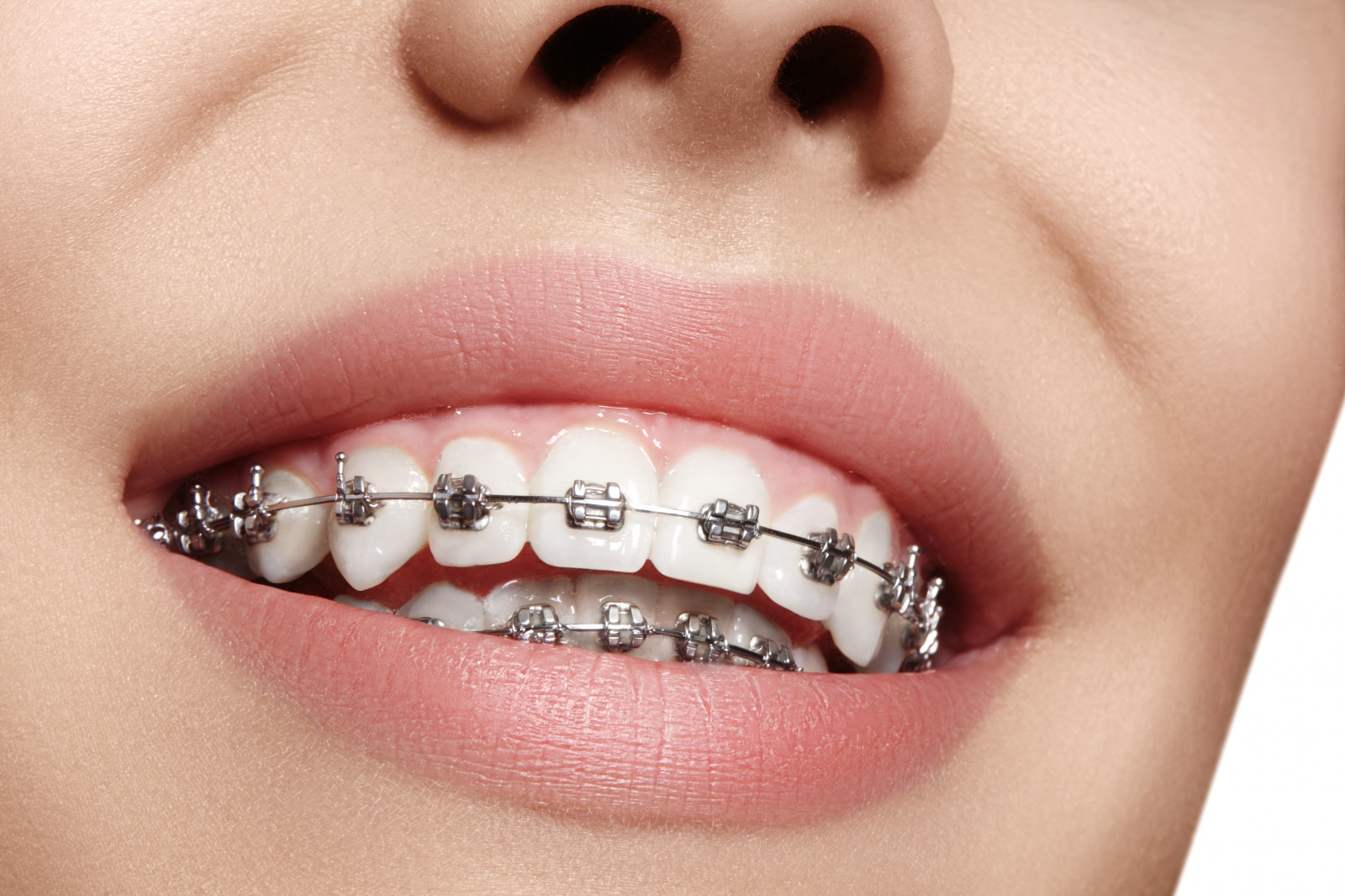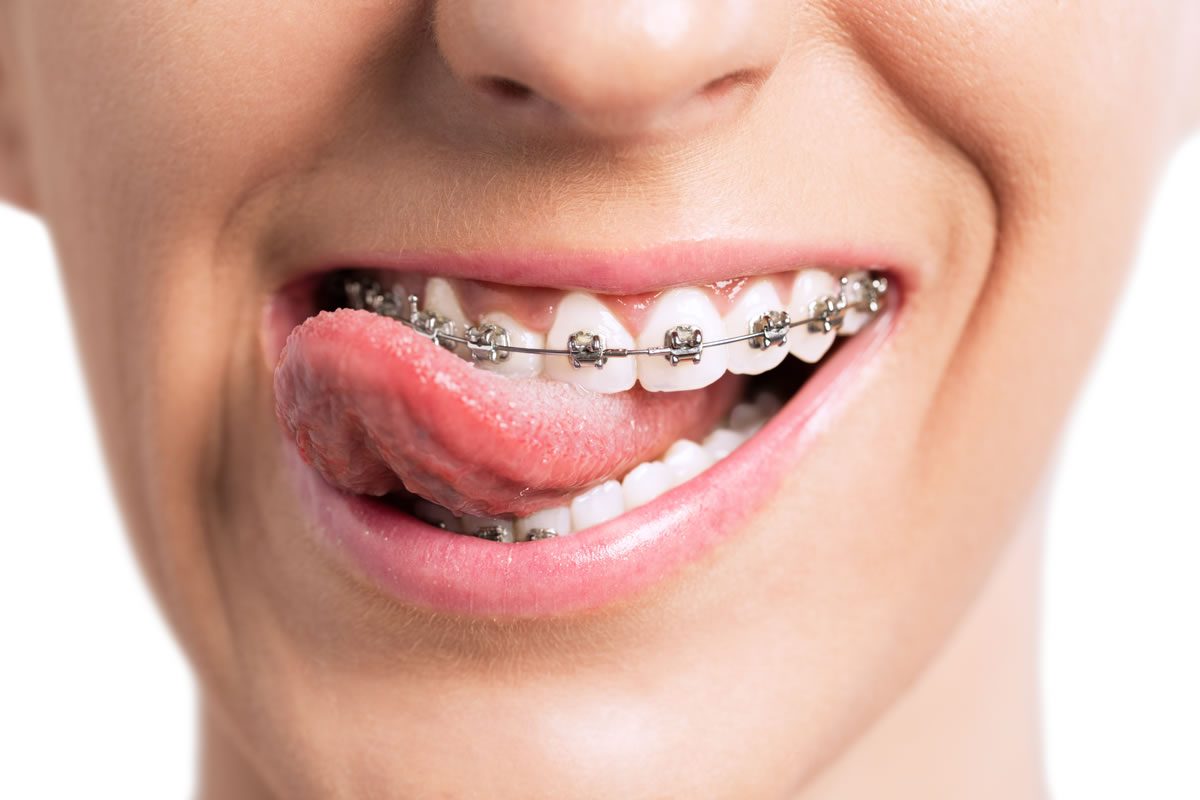The 4-Minute Rule for Causey Orthodontics
Wiki Article
More About Causey Orthodontics
Table of ContentsHow Causey Orthodontics can Save You Time, Stress, and Money.Not known Factual Statements About Causey Orthodontics The Only Guide to Causey OrthodonticsWhat Does Causey Orthodontics Mean?What Does Causey Orthodontics Mean?
Ignoring occlusal partnerships, it was regular to eliminate teeth for a variety of oral issues, such as malalignment or overcrowding. The concept of an undamaged dentition was not widely valued in those days, making bite connections seem irrelevant. In the late 1800s, the idea of occlusion was important for creating trusted prosthetic replacement teeth.As these principles of prosthetic occlusion advanced, it came to be a very useful tool for dental care. It was in 1890 that the work and influence of Dr. Edwards H. Angle began to be felt, with his payment to modern orthodontics especially noteworthy. Initially concentrated on prosthodontics, he educated in Pennsylvania and Minnesota prior to guiding his interest towards dental occlusion and the therapies required to keep it as a regular problem, hence becoming known as the "father of modern-day orthodontics".

The principle of ideal occlusion, as proposed by Angle and integrated into a category system, allowed a change in the direction of treating malocclusion, which is any kind of inconsistency from typical occlusion. Having a full collection of teeth on both arcs was highly searched for in orthodontic treatment because of the demand for specific partnerships between them.
The Greatest Guide To Causey Orthodontics
As occlusion became the crucial top priority, face percentages and aesthetic appeals were overlooked - Causey Orthodontics. To accomplish optimal occlusals without utilizing external pressures, Angle postulated that having ideal occlusion was the most effective method to obtain optimum facial appearances. With the passing of time, it ended up being fairly evident that even an extraordinary occlusion was not ideal when considered from an aesthetic point of viewIt came to be obvious that orthodontic treatment can change mandibular advancement, causing the formation of functional jaw orthopedics in Europe and extraoral pressure actions in the United States. These days, both useful home appliances and extraoral tools are used around the world with the objective of amending growth patterns and forms. Consequently, seeking true, or at least enhanced, jaw connections had become the major goal of treatment by the mid-20th century.
A Biased View of Causey Orthodontics
 The American Journal of Orthodontics was produced for this objective in 1915; before it, there were no scientific purposes to follow, neither any specific classification system and brackets that lacked attributes. Up until the mid-1970s, braces were made by covering steel around each tooth. With improvements in adhesives, it became possible to rather bond steel brackets to the teeth.
The American Journal of Orthodontics was produced for this objective in 1915; before it, there were no scientific purposes to follow, neither any specific classification system and brackets that lacked attributes. Up until the mid-1970s, braces were made by covering steel around each tooth. With improvements in adhesives, it became possible to rather bond steel brackets to the teeth.This has actually had purposeful effects on orthodontic treatments that are administered frequently, and these are: 1. Appropriate interarchal connections 2. Appropriate crown angulation (idea) 3.
The benefit of the style hinges on its bracket and archwire combination, which requires only minimal wire flexing from the orthodontist or medical professional (emergency orthodontist near me). It's aptly called after this feature: the angle of the slot and thickness of the brace base eventually identify where each tooth is situated with little demand for additional manipulation
The Facts About Causey Orthodontics Uncovered
Both of these systems employed the same brackets for every tooth and required the flexing of an archwire in three aircrafts for locating teeth in their wanted positions, with these bends determining ultimate positionings. When it concerns orthodontic devices, they are split right into two types: removable and dealt with. Removable devices can be taken on and off by the individual as called for.
Therefore, practically all modern-day fixed devices can be thought about variations on this edgewise device system. Early 20th-century orthodontist Edward Angle made a major payment to the world of dental care. He produced 4 unique device systems that have been made use of as the basis for lots of orthodontic treatments today, preventing a few exemptions.
Rumored Buzz on Causey Orthodontics

The cable ended in a string, and to move it onward, a flexible nut was used, which allowed for a boost in circumference. By ligation, each individual tooth was connected to this extensive archwire (cheapest orthodontist near me). Because of its limited series of motion, Angle was incapable to attain specific tooth placing with an E-arch
These tubes held a soldered pin, which could be rearranged at each appointment in order to move them in position. Called the "bone-growing home appliance", this gizmo was thought to motivate healthier bone development because of its capacity for transferring force straight to the roots. Nonetheless, implementing it showed troublesome actually.
Report this wiki page